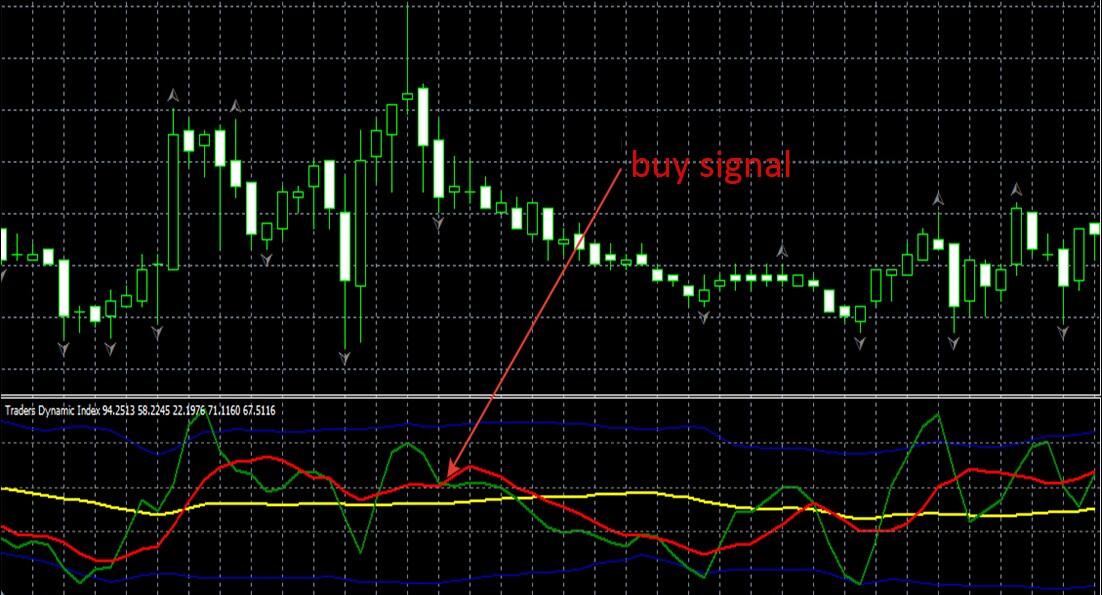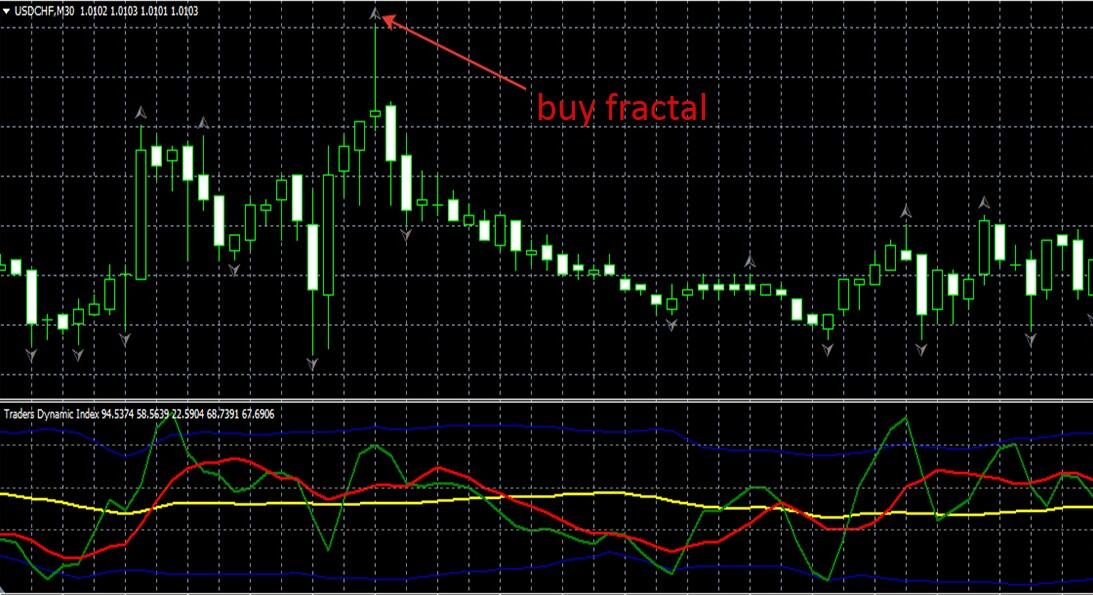TDI trend: one indicator strategy
Oftentimes, once a new indicator appears, news strategies of working with it appear. That’s how it was with TDI indicator which is a trading strategy itself, it includes multiple tools from simple moving averages to Bollinger bands.
In fact, TDI strategy is a manual of operating with this indicator and it is necessary to study it after installing. The strategy is rather simple and doesn’t need complex technical analysis of the market, that is why it will suit both experienced traders and beginners who are only starting to explore Forex.
Search for entry points
TDI indicator is three moving averages with different ranges, contained within a channel. Except these lines, there are the key levels in the body of the indicator.
-
•Level. 32. Lower line. Moving beyond it means that the price is in oversold zone.
-
•Level 68. Overbought zone.
-
•Level. 50. Middle line is a signaling one. It indicates the direction and the strength of a trend. If the slow moving average which is yellow is above level 50 then the trend is upward and vise versa. The farther the yellow line from level 50 is, the stronger the trend is at present.
To identify the entry point, first, a trend direction should be identified. The positions will be opened only until the yellow moving average crosses the signaling level of 50.
So, let’s examine the buy position which has formed in the chart above. The yellow line is below level 50, so we consider only buy signal which came at the moment when the green moving broke through the red one from above. At this moment a position should be opened.
An important condition for false signals filtrating is he fact that at the moment of getting the opening signal t is necessary to wait for the current candlestick to close and see how the next candlestick will open. If nothing is changed, the position can be opened. It should be done because the red and the green lines often make sudden movements and then return to their places again. This is how the indicator reacts to the price short-term momentums which then are eliminated in such a way.
Protective orders and closing the position
In this strategy take profit is not used and all the positions are closed at stop loss. That is stop loss which will have already been in the breakeven zone and protected our profit by the moment of trend reversal.
To identify this level the indicator from the standard trading platform used, it is called “fractal”. In the chart it is presented in the form of arrows above the candlesticks. Up arrow is buy fractal, down arrow is a sell fractal.
At the moment of position opening, before several previous candlesticks appeared a buy fractal should have formed, this is the level where the protective order is set. Further we follow the chart and wait for a new buy fractal appearing which will be below the previous arrow in the chart. As soon as it forms we shift the stop loss there. Now our protective order is in the breakeven zone.
So, we move stop loss subsequent to the price along new fractals. If it entered the overbought zone we shift the order as close to the price as possible. The matter is that the TDI indicator doesn’t let the price to remain outside the passage for a long time, that is why entering the overbought/oversold zones will be very short. Actually, at this moment the position can be closed by hand but it is much more convenient to use the trailing stop option of the trading terminal.
You do it in the following way; as soon as the price went below level 32 in the TDI indicator, you activate the option and set the 5-point shift. Stop loss immediately moves as close as possible. Now we just wait for the position closing there.

 Start Trading Now
Start Trading Now 


